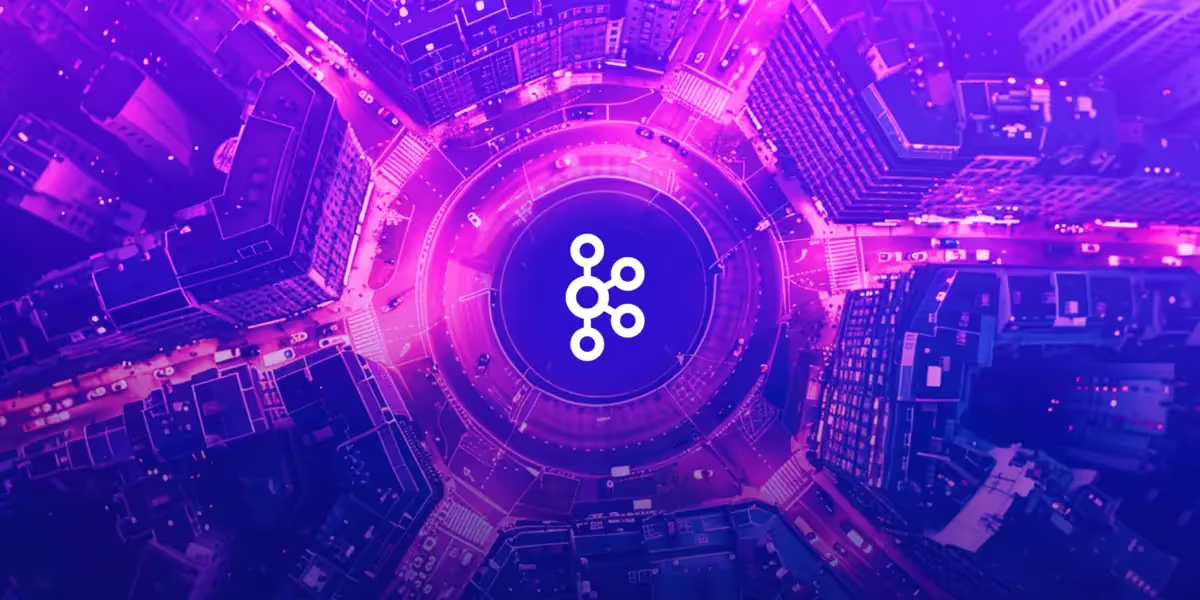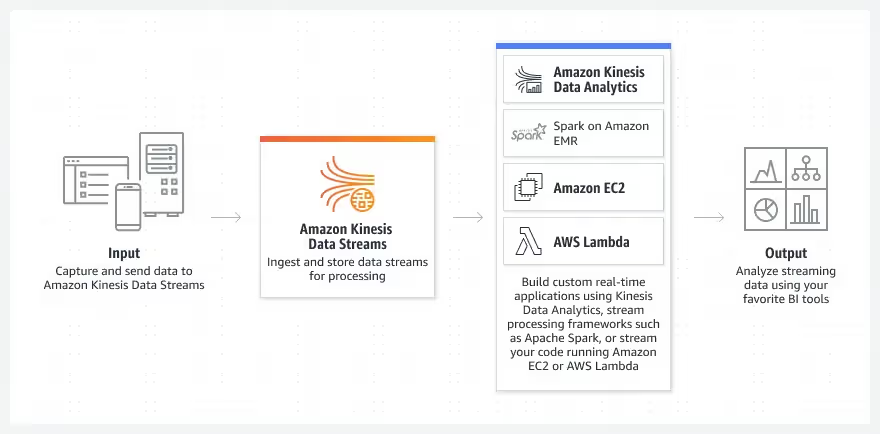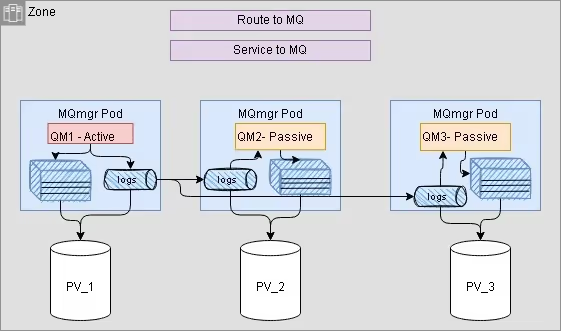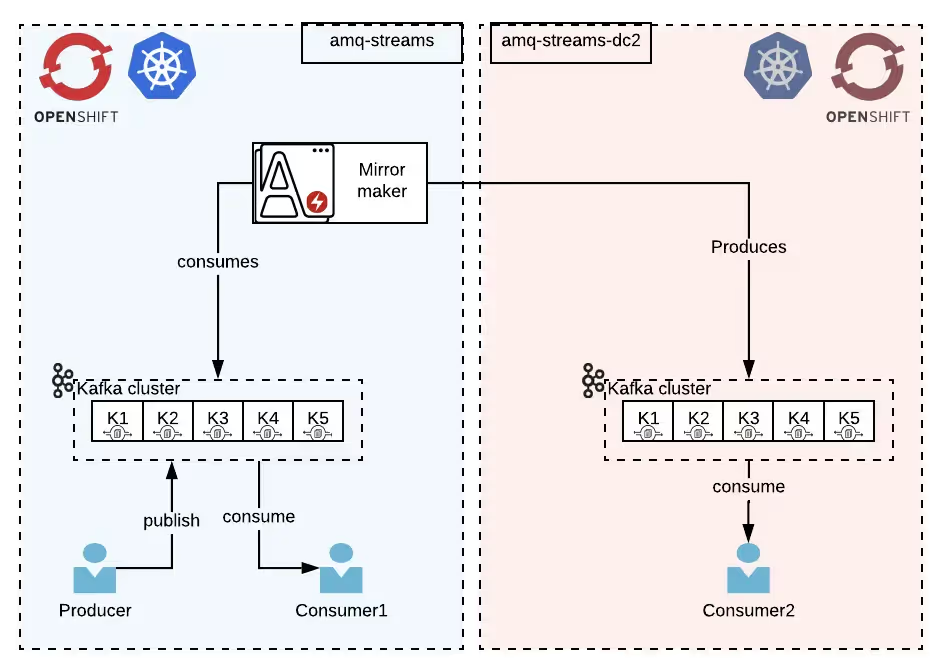Considering Kafka Alternatives? Here are Top 5 of Them


Table of Contents
TL; DR
Real-time data streaming powers everything from customer experiences to operational efficiencies. Apache Kafka has been the engine behind these data streams for countless organizations worldwide, offering powerful event processing at scale.
However, are similar tools isn’t the best fit for everyone. If you're exploring Kafka alternatives/Kafka resources, this blog lists five reliable alternatives to Apache Kafka.
You may seek support due to Kafka's complexity, scaling needs, or integration requirements. No matter the reason, several powerful alternatives to kafka replacement exist that enhance event streaming and data integration while simplifying workflows.
What is Apache Kafka?
Apache Kafka is an open-source, distributed event streaming platform by the Apache Software Foundation. It handles real-time data feeds with high throughput and low latency, making it a popular choice for businesses that need fast and reliable data pipelines.
Kafka serves as the “nervous system” for event-driven architectures, enabling applications to publish and consume data streams easily. Its architecture, built on topics, producers, and consumers, ensures scalability and fault tolerance across distributed systems, making it perfect for high-volume scenarios like real-time analytics, log aggregation, and event sourcing.
Strengths of Kafka:
- Scalability: Distributes data across partitions and brokers for flexible deployments, from small to large-scale.
- High throughput: Capable of processing millions of messages per second with low latency.
- Fault tolerance: Data replication ensures durability and high availability, even during node failures.
- Stream processing: Seamlessly integrates with tools like Apache Flink and Spark for real-time stream processing.
Weaknesses of Kafka:
- Limited built-in features: Kafka focuses on messaging and streaming, requiring additional tools for advanced use cases like security and monitoring.
- Operational complexity: Setting up, maintaining, and tuning Kafka can be challenging, especially for smaller teams.
- Resource intensive: Its distributed architecture demands significant computing resources, which can increase operational costs.
- Data retention: Kafka is excellent for streaming but not optimized for long-term storage, necessitating integration with external systems for data warehousing.
A Quick Comparison of 5 Best ApacheKafka Alternatives:
Top 5 Kafka alternative
We have a list of apache kafka alternatives, which are currently most used in the market
Tool 1: 5X
5x is a platform designed to simplify data management by providing end-to-end data pipeline solutions. While it’s not a direct replacement for Kafka in event streaming, it is a strong alternative for companies that require real-time data ingestion combined with data storage and analysis. 5X integrates with cloud-native data warehouses like Snowflake and BigQuery, automating workflows. This eliminates the need for separate streaming and storage systems.
.avif)
Key Features:
- Real-time data ingestion with centralized data storage.
- End-to-end data pipeline management (real-time and historical data).
- Integration with Snowflake, BigQuery, and BI tools for seamless analytics.
- Simplified architecture that combines ingestion, transformation, and analytics.
Pros:
- Combines real-time data ingestion with long-term storage.
- Simplifies complex data pipelines with automation.
- Reduces operational overhead, allowing teams to focus on analytics.
- Strong platform integration for enhanced flexibility.
Cons:
- Not suitable for high-throughput/high-bandwidth, event-driven streaming like Kafka.
- Slight learning curve for teams transitioning from Kafka.
Price: Pay as-you-go, no upfront costs
Also read: 5X vs Snowflake
Tool 2: Amazon Kinesis Data Analytics
Amazon Kinesis Data Analytics offers a fully managed service for real-time data processing. As part of the AWS ecosystem, Kinesis simplifies real-time analysis and data integration. Like Kafka, it excels in stream processing, but it’s best suited for AWS-native environments.

Key Features:
- Real-time stream processing using SQL.
- Fully managed and serverless, with integration into AWS services.
- Automatic scaling to handle growing data streams.
Pros:
- Seamless integration with AWS services like Kinesis Streams and Lambda.
- Scales automatically without manual intervention.
- Reduces infrastructure management overhead.
Cons:
- AWS lock-in limits flexibility in multi-cloud setups.
- Costs rise significantly at scale.
Pricing: Based on data ingestion, processing, storage, and retrieval.
G2 Rating: 4.1/5
Tool 3: RabbitMQ
RabbitMQ is an open-source message broker known for its reliability in delivering messages between distributed systems. Unlike Kafka, RabbitMQ focuses more on traditional message queuing than high-throughput event streaming.

Key Features:
- Supports multiple messaging patterns (publish/subscribe, request/reply).
- Reliable message Real-time data streaming powers everything from customer experiences to operational efficiencies. Apache Kafka has been the engine behind these data streams for countless organizations worldwide, offering powerful event processing at scale.
- However, Kafka isn’t the best fit for everyone. If you're exploring Kafka alternatives/Kafka resources, this blog lists five options to apache kafka similar tools.
- You may seek support due to Kafka's complexity, scaling needs, or integration requirements. No matter the reason, several powerful alternatives exist that enhance event streaming and data integration while simplifying workflows.
What is Apache Kafka?
Apache Kafka is an open-source, distributed event streaming platform by the Apache Software Foundation. It handles real-time data feeds with high throughput and low latency, making it a popular choice for businesses delivery with message acknowledgments and dead-letter queues.
Built-in monitoring and user-friendly interface.
Pros:
- Versatile messaging options for different communication models.
- Reliable with message acknowledgments and dead-letter queues.
- Easier setup and management than Kafka.
Cons:
- Lacks native stream-processing capabilities.
- Limited scalability for high-throughput data streams.
Pricing: Open-source and free to use.
G2 Rating: 4.1/5
Tool 4: IBM MQ
IBM MQ is an enterprise messaging solution focusing on transactional messaging with high security. It ensures once-and-only-once message delivery. This is important for businesses needing secure, reliable transactions.

Key Features:
- High security with encryption, authentication, and authorization.
- Support for transactional messaging across distributed systems.
- Interoperability between various applications.
Pros:
- Inbuilt encryption, authentication, and authorization for strong security.
- Excellent support for transactional messaging.
- Ensures reliable message delivery.
Cons:
- Complex to configure in large environments.
- Requires significant system resources.
Pricing: Starts at $277.00 for IBM MQ.
Tool 5: Red Hat AMQ
Red Hat AMQ is a lightweight and secure messaging tools like Kafka platform designed for seamless integration with Red Hat solutions. It supports both traditional messaging and event streaming, making it versatile for enterprises within the Red Hat ecosystem.

Key Features:
- Centralized management of messaging components.
- Fast and reliable message execution.
- Supports both JMS and AMQP protocols.
Pros:
- Seamless integration with Red Hat’s infrastructure.
- Supports both traditional messaging and streaming, offering flexibility for various use cases.
- Centralized management simplifies the control of messaging components.
Cons:
- Less suitable for high-volume event streaming compared to alternatives like Kafka.
- Best suited for businesses already invested in Red Hat’s ecosystem, limiting its appeal to broader enterprise environments.
Pricing:
- 16-Core-Standard: $31,680
- 16-Core-Premium: $47,520
Try the most cost-effective and easy-to-use Kafka alternative
While Apache Kafka remains a powerful solution for high-throughput event streaming, its complexity and resource demands can be limiting for some organizations. This blog provides insights into several Kafka alternatives that offer more simplicity, flexibility, and performance optimization.
Choosing 5X, for instance, not only reduces infrastructure costs but also provides seamless cloud-native integration, making it an ideal choice for teams prioritizing efficiency and ease of management. Simplifying real-time data processing and streamlining operations, 5X allows businesses to focus more on innovation and less on managing complex infrastructures.
Also read: 5X vs Databricks
If you're looking for a faster, simpler, and more cost-effective alternative to Kafka, 5X could be the perfect solution to enhance your data streaming capabilities. You can even chat with a data expert to learn more about how data can help your organization and your business goals. Create a free account to get a true trial (no credit card or sales call required).
What's the difference between Kafka Consumer vs Stream?

Are there any Tools for Kafka testing?

When should one introduce Apache Flink?

What is the difference between Kafka vs NATS JetStream?

What is difference between Kafka and WebSockets?

Is Kafka free for commercial use?

How long does it take to learn Kafka?

What are the key concepts of data consolidation?

Building a data platform doesn’t have to be hectic. Spending over four months and 20% dev time just to set up your data platform is ridiculous. Make 5X your data partner with faster setups, lower upfront costs, and 0% dev time. Let your data engineering team focus on actioning insights, not building infrastructure ;)
Book a free consultationHere are some next steps you can take:
- Want to see it in action? Request a free demo.
- Want more guidance on using Preset via 5X? Explore our Help Docs.
- Ready to consolidate your data pipeline? Chat with us now.

How retail leaders unlock hidden profits and 10% margins
Retailers are sitting on untapped profit opportunities—through pricing, inventory, and procurement. Find out how to uncover these hidden gains in our free webinar.
Save your spot






%201.svg)


.png)






